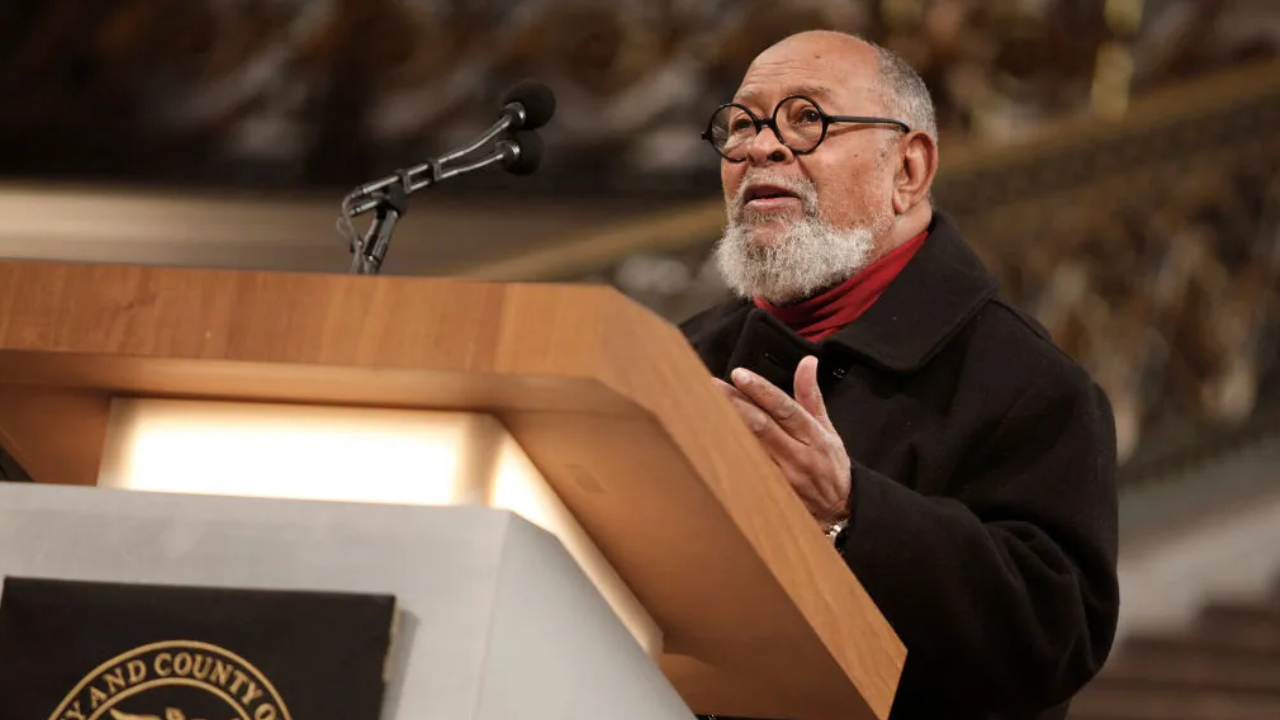The head of the state Public Utilities Commission warned PG&E’s leader Wednesday about “a pattern of deficiencies” that she says could force regulators to take a key step toward a public takeover of the utility.
In her letter to PG&E CEO Patti Poppe, CPUC president Marybel Batjer said the pattern emerged since April, when PG&E was first put on notice for failing to focus its tree cutting on those near power lines at highest risk of sparking fires.
“Since learning of the company’s failure to prioritize vegetation clearing, PG&E has self-reported missed inspections of hydroelectric substations, distribution poles, and transmission lines,” Batjer noted in her letter Wednesday.
“PG&E has also reported missing internal targets for enhanced vegetation management and failing to identify dry rot in distribution poles treated with Cellon coating.”
Get a weekly recap of the latest San Francisco Bay Area housing news. Sign up for NBC Bay Area’s Housing Deconstructed newsletter.
NBC Bay Area was first to report PG&E alerted regulators in May of a “safety concern” related to the more than one-half-million aging Cellon poles – including more than 200,000 in high fire risk areas. The alert came nearly a year after a rotted pole fell, sending live electrical lines into a backyard pool in Danville.
PG&E said it has made changes to its inspection program, which it had relied on to keep poles in service in lieu of replacing them after recognizing in 1989 that the Cellon-gas preservative treatment the industry had long relied on was ineffective.
Batjer acknowledged the utility had “partially achieved” needed improvements based on the reported problems. But she said the new fact finding effort “regarding a pattern of self-reported missed inspections and other self-reported safety incidents” was needed to decide if there was a basis to advance the company “further within the enhanced oversight and enforcement process.”
Local
She noted the six-part process was created to deal with PG&E’s “record of safety failures” and to hold the company “accountable for delivering on its safety responsibilities.”
“The CPUC and I hold customer safety as a top priority and expect leadership from PG&E to execute on its safety responsibilities,” Batjer concluded in the letter.
“This is a message PG&E has heard from us more times than should be necessary. When PG&E is unable to do this on its own, we have used, and will continue to use, the tools and authority at our disposal to hold PG&E accountable.”
PG&E said in a statement that it shares the commission’s wildfire safety goals and welcomes its feedback. It noted it has kept regulators informed about its discoveries and “worked aggressively to take corrective actions” to fix issues it finds.
Those include beefed up inspections, records updates and launching detailed analysis of “process breakdowns’’ – measures the utility said are either complete or underway.
The company says it’s also hardening its power grid against wildfire dangers and improving its design and monitoring as it deploys new risk-limiting technologies.
PG&E said it recently recalibrated its equipment to automatically shut down at the first sign of trouble in high fire risk areas. Critics have tied the ongoing Dixie Fire to PG&E’s failure to shut down a powerline several hours after a Douglas Fir fell onto it in the remote Feather River Canyon.
PG&E has since also pledged to boost patrols and rely on greater precautions for powerlines it considers at greatest risk from drought conditions.
“We look forward to working with the Commission so we can continue to work toward our shared goal of safety,” the company’s statement concluded.



